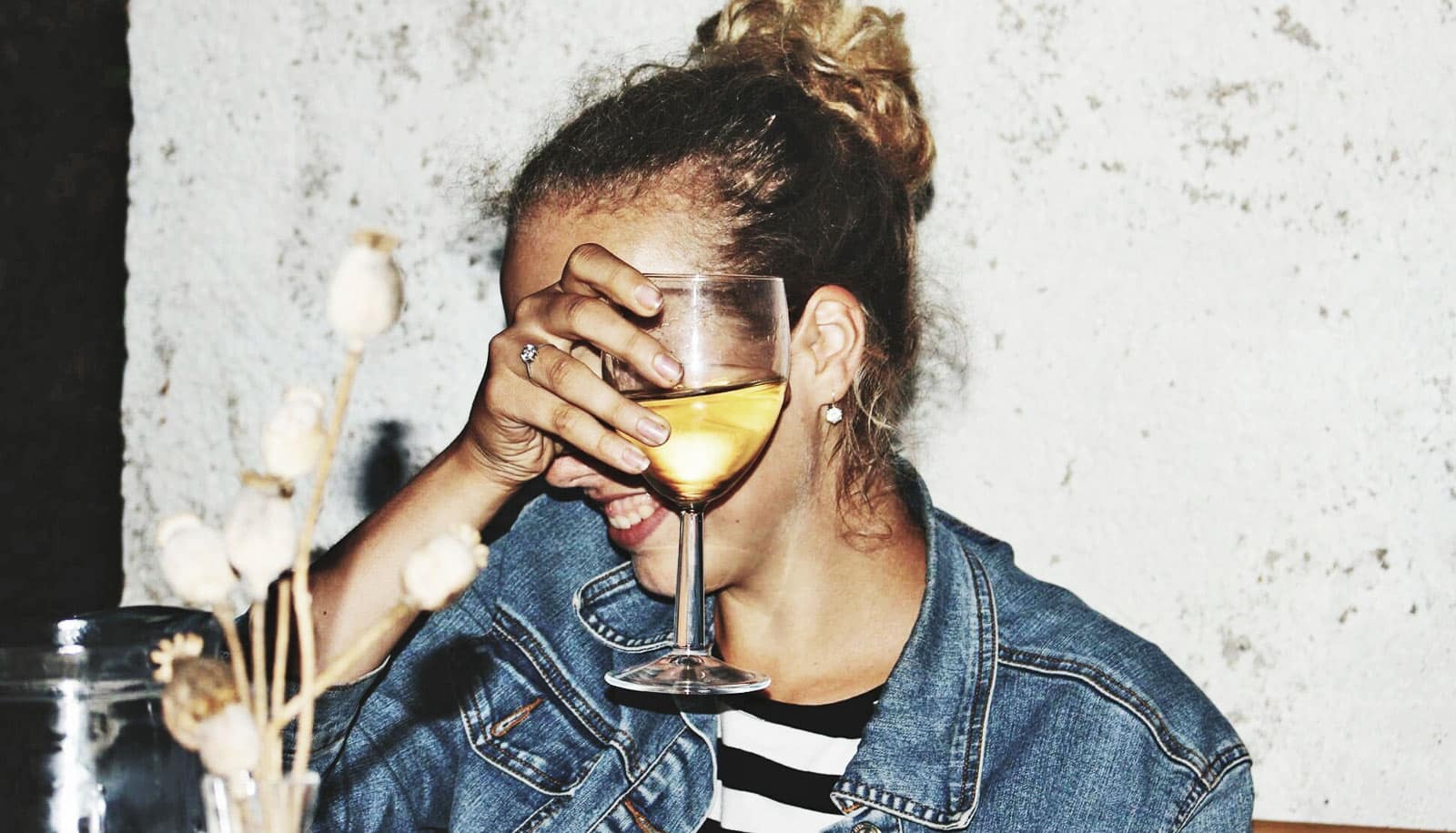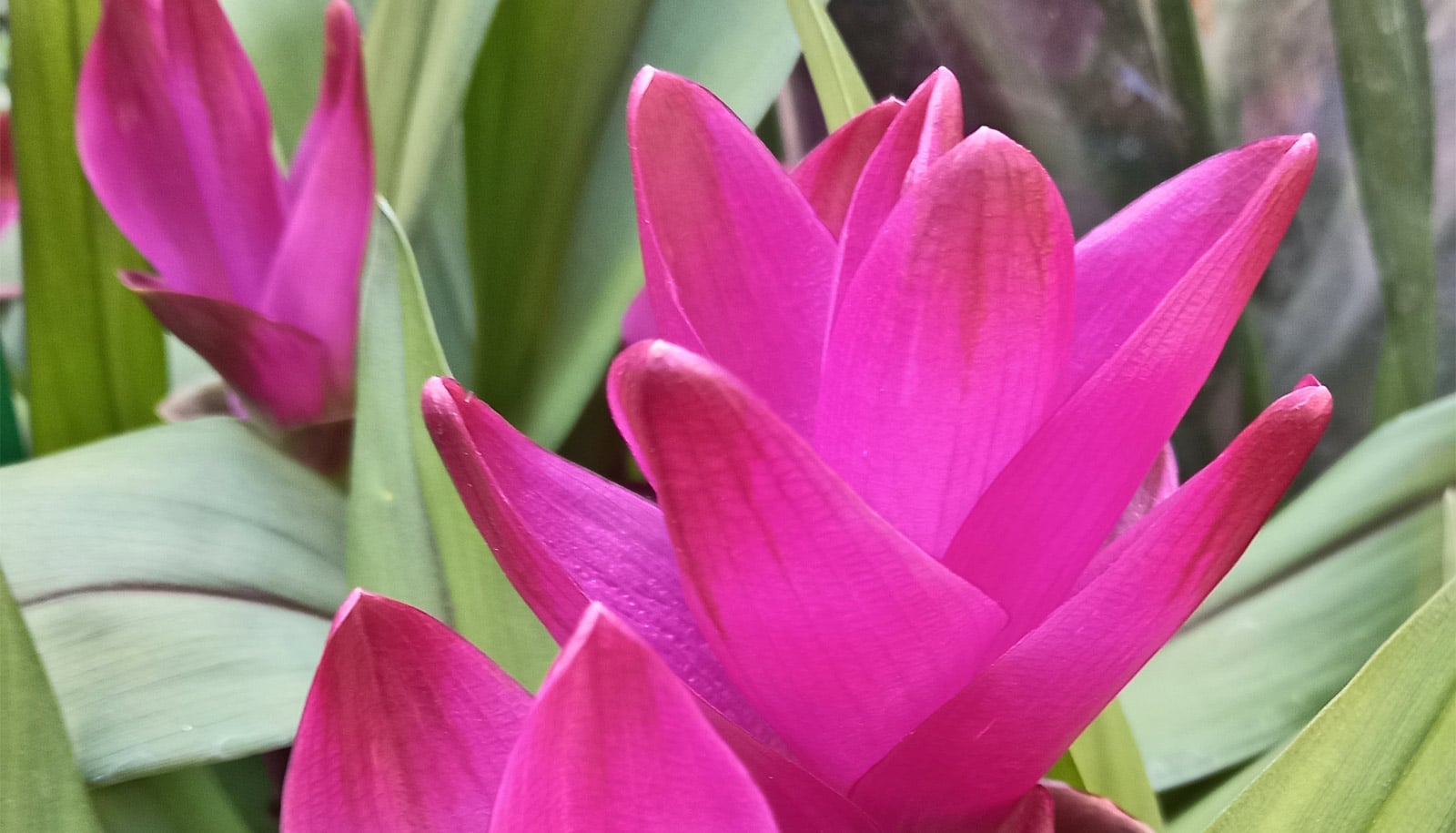New research shows how artificial intelligence and machine learning could change winemaking—an industry with an old-school image that faces modern challenges.
Here, plant physiologist and agronomist Sigfredo Fuentes of the University of Melbourne shares five ways cutting-edge technology can help keep our wine racks stocked.
1. Offer check-ups via drone
Drones are at the heart of many agricultural strategies working to make farms more efficient, and wineries are no exception.
Multi-spectral and thermal infrared cameras mounted on drones can pick up signs on the vines themselves that indicate their water status, by taking detailed pictures as they fly overhead.
“We can pick up signals not visible with normal cameras that help us determine if the plants are water stressed or not,” says Fuentes.
The machine-learning model to assess stress was developed using 10 vegetation indices as inputs and is able to classify the plants into three levels of stress (absent, moderate, or severe) with 83 percent accuracy.
“We can also do a plant-by-plant assessment with normal cameras where we look at the vines’ leaf area and canopy cover to determine their growth and vigor,” says Fuentes. This allows winemakers to use their precious water and fertilizer supplies more efficiently.
It can also provide information about where disease or pests have hit the vineyard, as well as which plants have died and need replacing.
“Traditionally a consultant for a big winery might travel up and down in a ute, looking for sick or missing plants,” says Fuentes. “This is really time-consuming. Instead, we can survey a 45-hectare area in 15 minutes and have the data ready a day later.”
2. Sort out which grape is which
It can be hard to tell some grape varieties apart, but algorithms can help clear up any Merlot or Grenache mysteries, using the same kind of images of leaves that can give information about water stress and fertilizer status.
“We can take pictures of vine leaves and then run them through a machine learning algorithm that tells us both the cultivar and water stress,” says Fuentes.
The machine learning model uses 13 shape and color measurements as inputs and predicts the cultivar with a very high accuracy of 94 percent, and water stress with an accuracy of 88 percent.
“This algorithm can also be part of a computer application, which can be downloaded to a smartphone or tablet PC,” says Fuentes. “Then users can find out which grapevine variety they are looking at when visiting any vineyard.”
3. Keep ‘smoky’ grapes out
Grapes that have been in close proximity to a bushfire can produce “smoke-tainted” wine, which has a distinct and unpleasant smoky, leathery taste.
But knowing exactly which grapes have been contaminated is difficult—to the naked eye, they look the same as uncontaminated grapes. The only way to tell them apart is through tedious and expensive laboratory analysis, which can be costly to the industry.
Once again using drones, Fuentes’ team has developed a way to use thermal infrared imagery to measure the pattern of temperatures in the vines’ canopies. Thermographs are images in which every pixel is a measure of temperature rather than light.
“Smoke contamination disrupts the vines’ temperature, so measuring this thermal pattern and analyzing it through machine-learning models allows us to determine which plants have actually been affected by a bushfire,” explains Fuentes.
“At the moment, the most common way to measure smoke contamination is by using ‘sentinel plants’ around the vineyard, and testing their fruit in the lab, but this is not totally accurate since it does not consider the spatial variability of contamination.
“Our algorithm can provide an accurate map of what areas of the vineyard have been affected by smoke from a bushfire, so growers can make informed decisions when harvesting their grapes to avoid contamination.”
4. Don’t pick too soon
“Winemakers often decide when to harvest grapes by going out to the field and tasting or chemically analying them to measure sugar levels and acidity,” says Fuentes. “And while this may be romantic, it isn’t objective, and doesn’t cater for variation across the field.”
One trick to determining whether a grape is ready to become a quality wine is assessing its sugar content, which will be transformed into alcohol during the winemaking process. However, more important is to assess the production of flavor and aromas, which recent research shows are related to the pattern of cell death in grapes.
Wine expert says consumers are going premium
“For winemaking, you need a percentage of the fruit to be dead—that’s what produces the different aromas and flavors,” he explains. “We now know the level of cell death needed for particular wines.”
Fuentes’ team uses a handheld device that uses near-infrared wavelengths to measure grapes’ level and patterns of cell death, determined again by machine learning algorithms. “So, winemakers can see in real time in the field which grapes are ready to be picked, and which aren’t, meaning they no longer have to send them off to the lab.”
5. Predict the size of the crop
Yield information is the holy grail in agriculture for any crop, but with so many variables to account for—weather, water, and fertilizer management, to name a few—it is notoriously difficult to reliably predict how a crop will perform year to year.
Estimating yield early in the season is particularly important to help winemakers plan logistics including allocation of resources, like water and fertilizer, how many staff to hire for the season, how many barrels to have ready and so on.
Forget the snobs, says economist of wine
“Sentinel plants are the most common way to try to predict annual yield,” says Fuentes. “Growers measure factors like canopy growth, bunches per plant, berries per bunch, and weight of berries and then extrapolate that out to the whole field. But that only gives you 60 or 70 percent accuracy.”
Fuentes and his team are using big data and machine learning to predict seasonal yield faster and with an expected accuracy of around 80-90 percent, which is much higher than current methodologies.
“We take historic data from the specific vineyard, which most wineries have, like soil data, management data, meteorological information, and actual yields per season, then plug it into our machine learning models to predict the yield from the coming season from early stages of growth.
“It means the winemakers can plan for that season much more effectively.”
The list arises from a new paper in the journal Computers and Electronics in Agriculture.
Source: University of Melbourne



